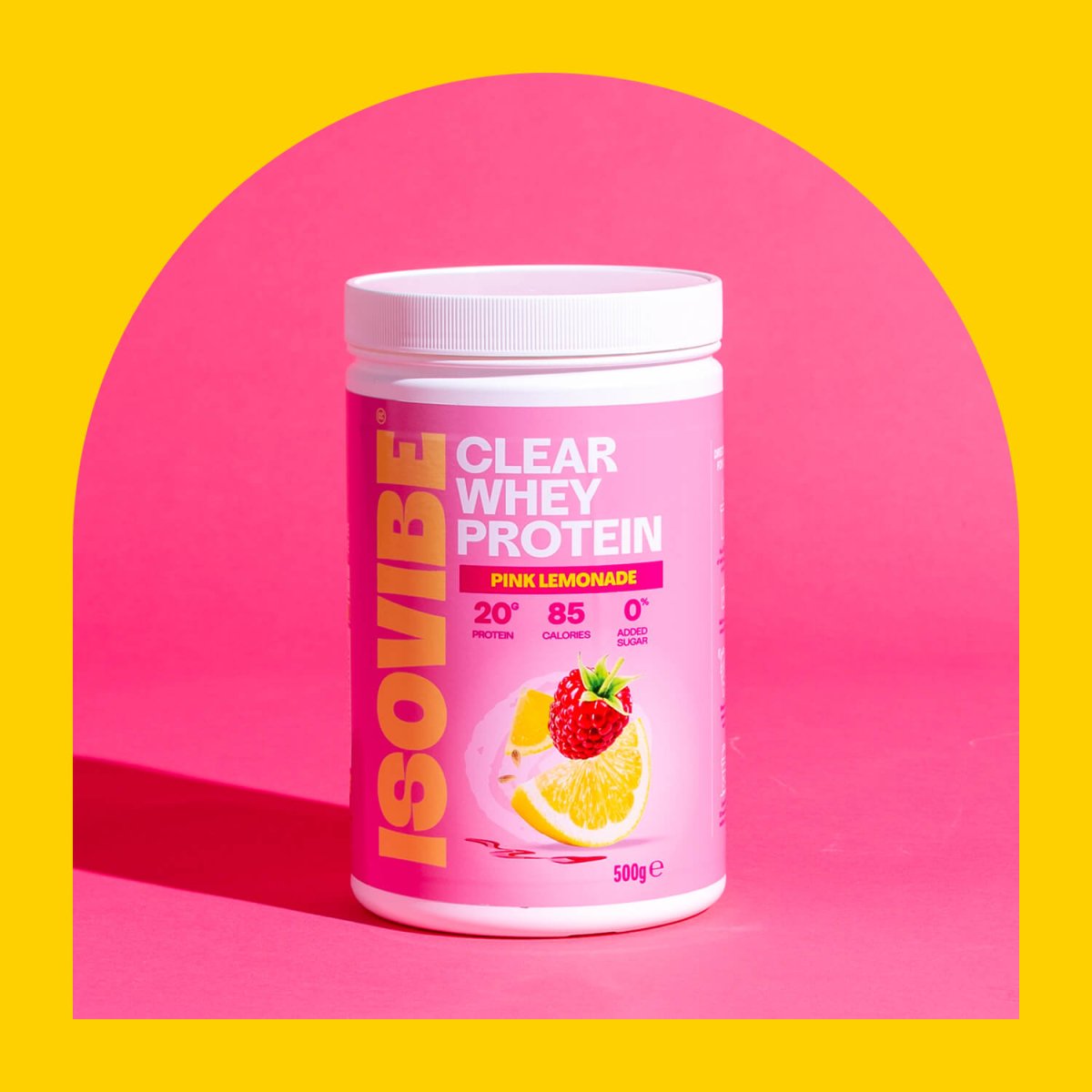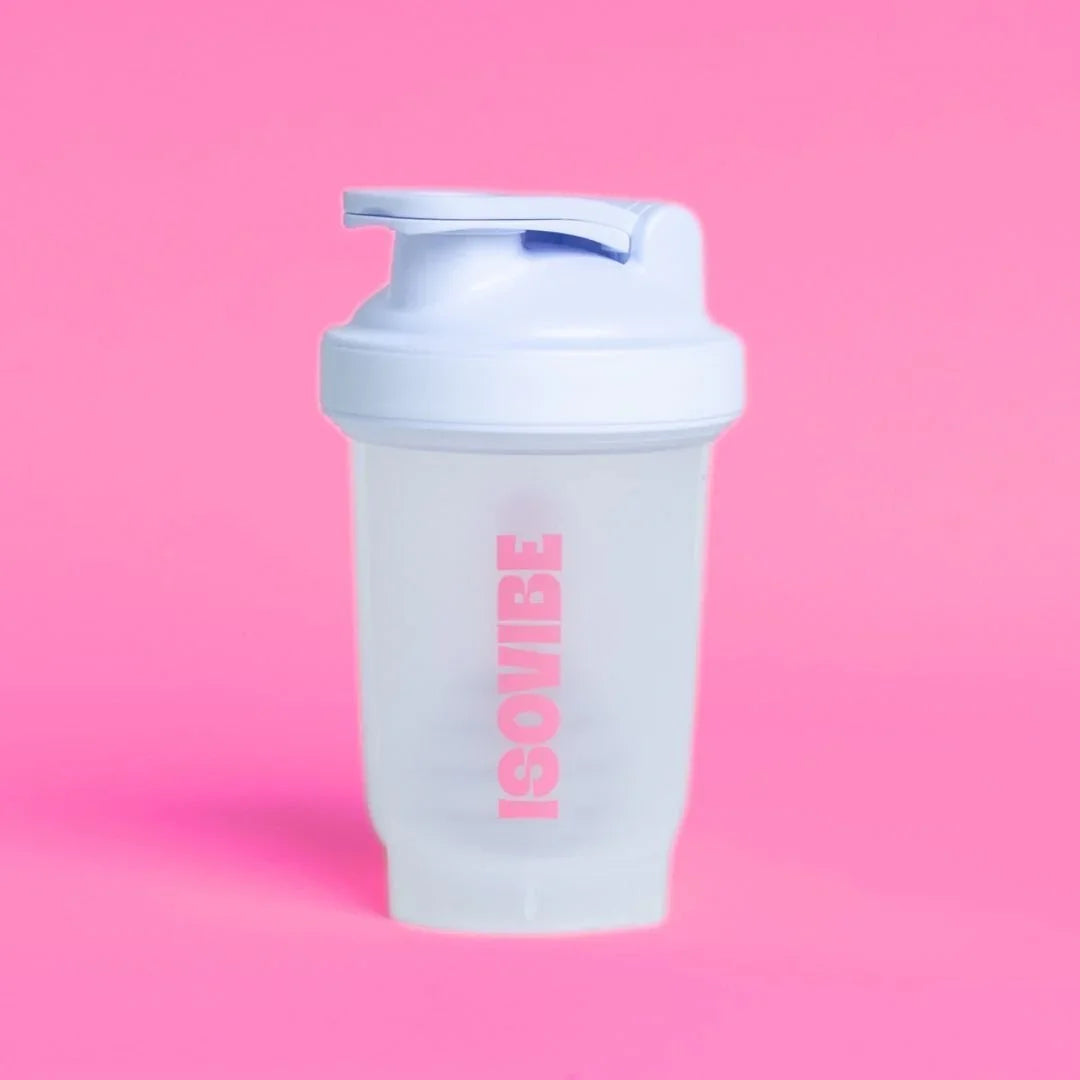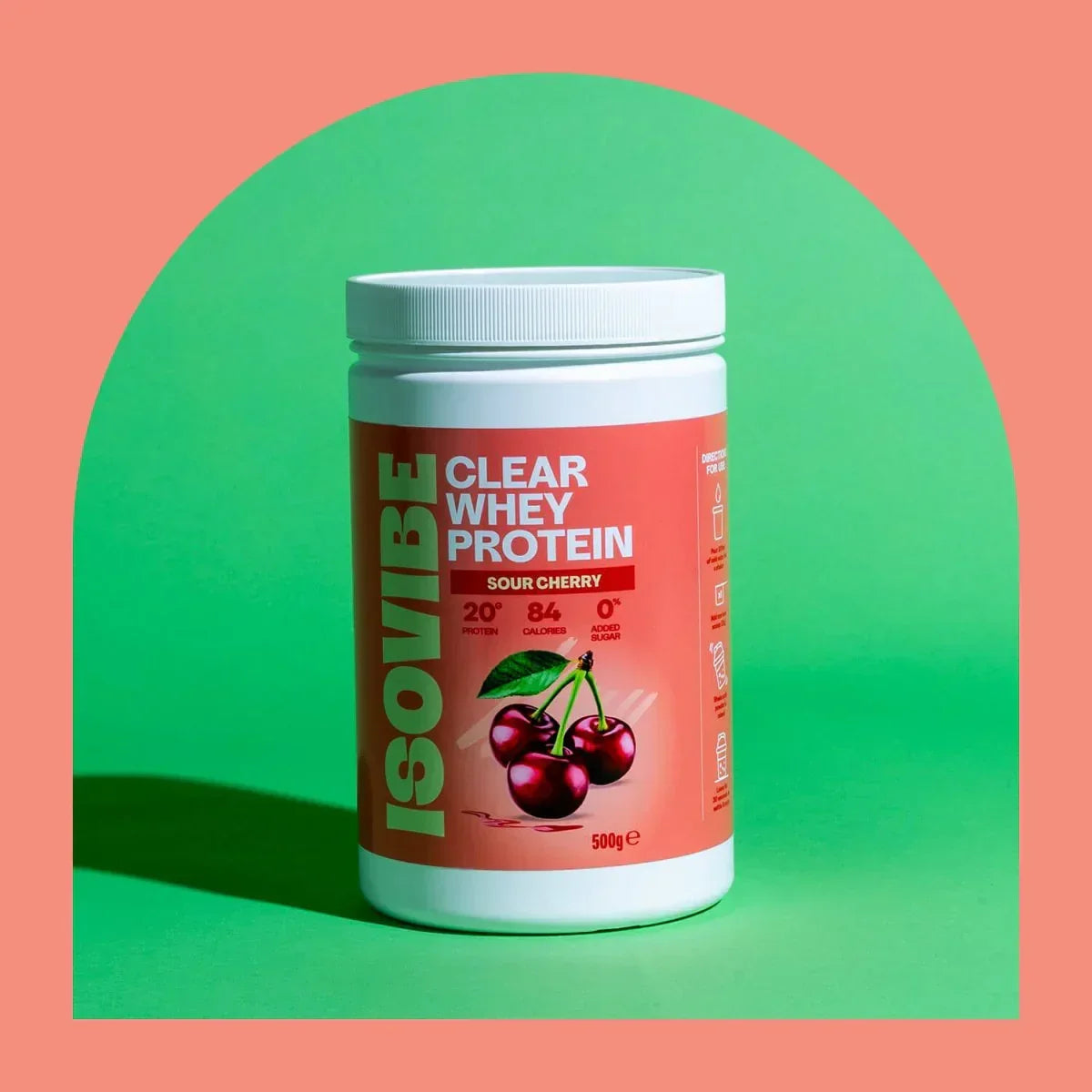The Truth About Protein Timing: When Should You Drink It?
Set the vibe, bust the myths, and get people hyped to learn when protein actually matters.
The Anabolic Window Is Way Wider Than We Thought
That old-school panic about chugging a protein shake immediately after your workout? Yeah… not a thing anymore. Research shows the so-called “anabolic window” actually stretches way beyond 30–60 minutes - we’re talking 5–6 hours, especially if you ate before training.¹
Translation? You can finish your session, shower, chill for a bit, then get your protein in... no need to slam a shake in your sweaty gym gear like it’s a race.
Total Daily Intake > Timing
Here’s the real deal: it’s not when you get your protein, it’s how much you get over the whole day.²
One study tracked 34 postmenopausal women and found zero difference in strength or muscle gains between those who had protein right after workouts and those who waited a few hours.³ Both groups made gains, as long as their total daily protein was on point.
That’s because protein helps your muscles repair and grow throughout the day. So it’s consistency over perfection. (BTW, if you want to know how this works, check out our post: How Protein Supports Muscle Recovery and Growth).
Smart Protein Timing Strategies
Don’t stress the clock. Just follow these science-backed tips:
Space it out: Hit protein every 3 - 4 hours to keep muscle protein synthesis humming.
Go big per meal (especially 40+): For women over 40, aim for 35–50g per meal to beat "anabolic resistance."⁷
Don’t skip snacks: High-protein snacks between meals can seriously boost strength and recovery.
Why Women Need a Different Game Plan
Most protein recommendations are still based on studies done on men, but women’s bodies work differently.
Women have lower baseline protein breakdown, different hormone rhythms, and unique metabolic needs. Active women (ages 20-35) should be aiming for 1.6-2.2g/kg of body weight daily.⁴ That’s nearly 3x the UK’s basic recommendation of 0.75g/kg (which is just the bare minimum to avoid deficiency).
Life Stage Nutrition Tips
Reproductive Years:
Menstrual cycle phases don’t directly mess with muscle protein synthesis⁵, but your energy needs may shift, so be flexible with your intake.
Perimenopause + Beyond:
As oestrogen dips, your body becomes more resistant to muscle building. That means protein needs go up. Aim for 2–2.3g/kg of body weight daily⁶… yes, really.
Want the full breakdown? Check our Women’s Protein Guide: Cycles, Pregnancy & Menopause Needs.
When Timing Does Help
Daily intake wins, but timing can give you a little edge:
-
Boosted MPS (aka muscle-building) right after training
-
Reduced muscle breakdown
-
Faster recovery
So yeah, protein around your workout is still helpful, just not a panic. No need to sprint to your shake. You've got time.
Why Clear Whey Hits Different
Traditional shakes can feel heavy or mess with your stomach. Clear whey is light, super fast-absorbing, and gives you all nine essential aminos - including that sweet spot of leucine for muscle growth.
Fast, easy, light taste, no bloat, no lactose. What more do you need?
Training Goals = Different Protein Vibes
High Volume Phases
Up intake to 2.0-2.5g/kg daily. Go for fast-digesting protein post-workout. For sessions longer than 90 mins, sip amino acids (EAAs or BCAAs) mid-workout to stay in the gain zone.
Cutting Phases
In a fat-loss phase? Go high-protein, like 2.3-3.1g/kg daily.⁵ Spread across 4-5 meals, and time your biggest servings around workouts to hold onto that muscle.
Post-Injury Comeback
Slowly build protein intake as you ease back into training. Anti-inflammatory proteins (like fish) and complete sources help your muscles remodel and heal.
What This Means for You
Your muscles listen to the fuel you give them. Smart protein use = smarter recovery and stronger results. Here's the playbook:
-
Prioritise complete proteins with 2.5-3g leucine per serving
-
Timing windows exist, but they’re way more relaxed than you’ve been told
-
Daily protein distribution is the true MVP
-
Adapt your approach to your training goals and life stage
-
And don’t forget: recovery isn’t just protein; sleep, stress, and overall nutrition all matter
For a daily protein win that fits any schedule, try Clear Whey Protein, because making gains shouldn’t feel heavy.
So there you have it. The myths? Busted. The science? Solid. And the truth? Way more chill than you thought.
Forget the protein panic. The “perfect window” isn’t a sprint, it’s a wide-open runway. What really matters is hitting your daily target, spacing your intake smartly, and tailoring your strategy to your training, life stage, and goals.
Whether you’re lifting heavy, cutting down, or bouncing back from injury, your protein game should work with you, not stress you out.
So sip smart, stay fuelled, and if you want something refreshing without the heavy feeling, Clear Whey Protein has got you.
Sources:
-
Schoenfeld, B. J., et al. (2017). The effect of protein timing on muscle strength and hypertrophy: a meta-analysis. Journal of the International Society of Sports Nutrition, 14(1), 33.
-
Aragon, A. A., & Schoenfeld, B. J. (2018). Nutrient timing revisited: is there a post-exercise anabolic window? Journal of the International Society of Sports Nutrition, 15(1), 29.
-
Lixandrão, M. E., et al. (2019). Protein timing has no effect on lean mass, strength and functional capacity gains induced by resistance exercise in postmenopausal women: A randomized clinical trial. Clinical Nutrition, 38(4), 1801-1806.
-
Sims, S. (2023). Optimal Protein Intake for Women. Dr. Stacy Sims.
-
Colenso-Semple, L. M., et al. (2024). Menstrual cycle phase does not influence muscle protein synthesis or whole-body myofibrillar proteolysis in response to resistance exercise. Journal of Physiology, 603(5), 1109-1121.
-
RNZ. (2024, May 12). Protein is important during perimenopause - here's how much you need and why.
-
Berthelot, E., et al. (2021). Protein Intake and Muscle Outcomes in Older Adults: The PROOF Cohort Study. Journal of Nutrition, 151(4), 940-950.




